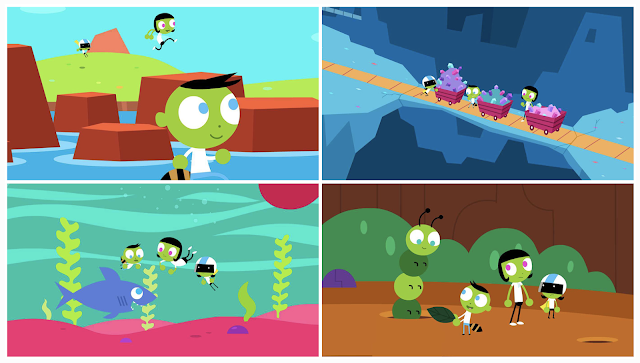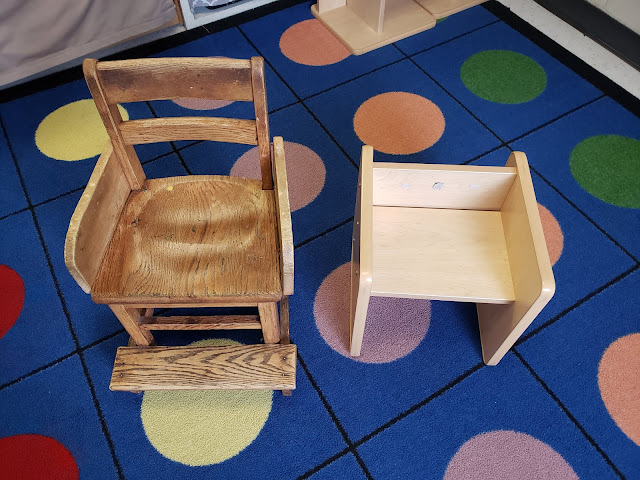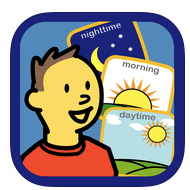Playful Apps for Young Children and Families to Learn and Have Fun Together - Patterns, Music, Puppets, and More!

Todo Math: Kindergarten to 2nd Grade Math Games for Daily Practice by Locomotive Labs This app is appropriate for children within the grades noted in the title, but it could be used with children slightly older. The app provides multiple means for practicing many math concepts from numeracy and patterns to time, money and equations. It is great to see the simple interface and the effort put into providing a dyslexic font option. The different "games" are straightforward and appropriate for differing abilities. The apps do not require quick finger action. Children can take their time. There are not any pop-up ads or distractions, it tracks your progress in each area, and it is free. One drawback is it looks as though it is limited to one user tracking, but this may be different on the upgraded paid versions. Body Boggle by: BusyThings liquidated The purpose of this app is to play around with the appearance of the characters. You can change their head and body








